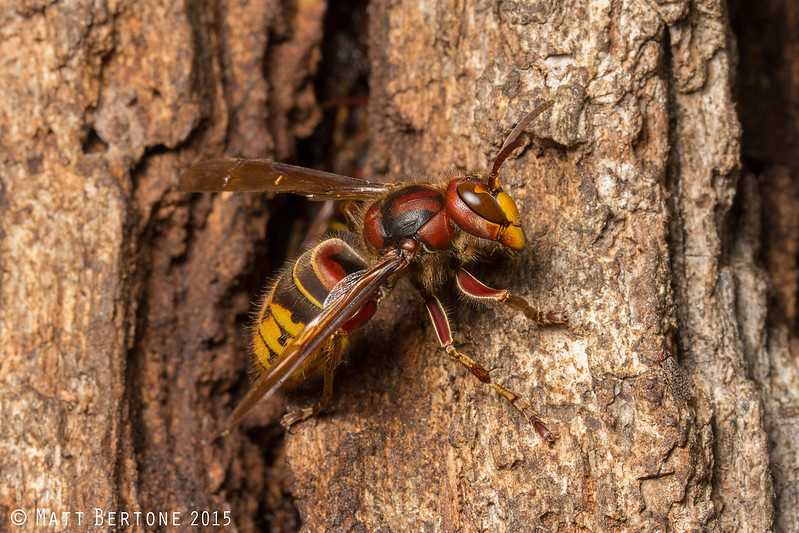An Update on Asian Giant Hornets
go.ncsu.edu/readext?786108
en Español / em Português
El inglés es el idioma de control de esta página. En la medida en que haya algún conflicto entre la traducción al inglés y la traducción, el inglés prevalece.
Al hacer clic en el enlace de traducción se activa un servicio de traducción gratuito para convertir la página al español. Al igual que con cualquier traducción por Internet, la conversión no es sensible al contexto y puede que no traduzca el texto en su significado original. NC State Extension no garantiza la exactitud del texto traducido. Por favor, tenga en cuenta que algunas aplicaciones y/o servicios pueden no funcionar como se espera cuando se traducen.
Português
Inglês é o idioma de controle desta página. Na medida que haja algum conflito entre o texto original em Inglês e a tradução, o Inglês prevalece.
Ao clicar no link de tradução, um serviço gratuito de tradução será ativado para converter a página para o Português. Como em qualquer tradução pela internet, a conversão não é sensivel ao contexto e pode não ocorrer a tradução para o significado orginal. O serviço de Extensão da Carolina do Norte (NC State Extension) não garante a exatidão do texto traduzido. Por favor, observe que algumas funções ou serviços podem não funcionar como esperado após a tradução.
English
English is the controlling language of this page. To the extent there is any conflict between the English text and the translation, English controls.
Clicking on the translation link activates a free translation service to convert the page to Spanish. As with any Internet translation, the conversion is not context-sensitive and may not translate the text to its original meaning. NC State Extension does not guarantee the accuracy of the translated text. Please note that some applications and/or services may not function as expected when translated.
Collapse ▲
This is NOT an Asian giant hornet (Vespa mandarinia), but rather a European hornet (Vespa crabro) a large wasp that can be found in North Carolina
Last year, there was a lot of media buzz (no pun intended) surrounding the introduction of Asian giant hornets (Vespa mandarinia) into the United States. Specifically, these exotic insects were sighted in the Pacific Northwest (Washington). Referred to colloquially as “murder hornets”, these insects are native to Asia where they are known to attack and destroy hives of honey bees. Due to the perceived threat of this insect to pollinators as well as their large size (workers average over 1.5″ in length), there was, and continues to be, fear surrounding the impact Asian giant hornets could have if they were to establish in the United States.
Recently, you may have noticed that CNN and other media outlets have started to publish new articles on the topic of the approaching “murder hornet season”. However, it is important to note that, to date, this insect has never been spotted outside of Washington State or southwestern Canada. Previously established colonies and individuals, as of 2019-2020, were eradicated. Although federal agencies in the United States are gearing up to monitor for new and lingering introductions of “murder hornets”, there is no current evidence that this insect has established in the United States. In addition, there has never been an Asian giant hornet introduction in the eastern United States, including North Carolina. There are, however, multiple local wasp and hornet species that may be confused with the Asian giant hornet.
Please see our look-alike cheat sheet to help guide your identifications as these stinging insects begin to emerge as the weather warms. Most of these insects are beneficial and do not require action or pesticidal applications. If you would like more information of the biology and behavior of Asian giant hornets, please refer to our news bulletin written by Dr. Mike Waldvogel.
If you have any questions or would like a stinging pest identified, please contact our Plant Disease and Insect Clinic or reach out to me, Dr. Sydney Crawley.


